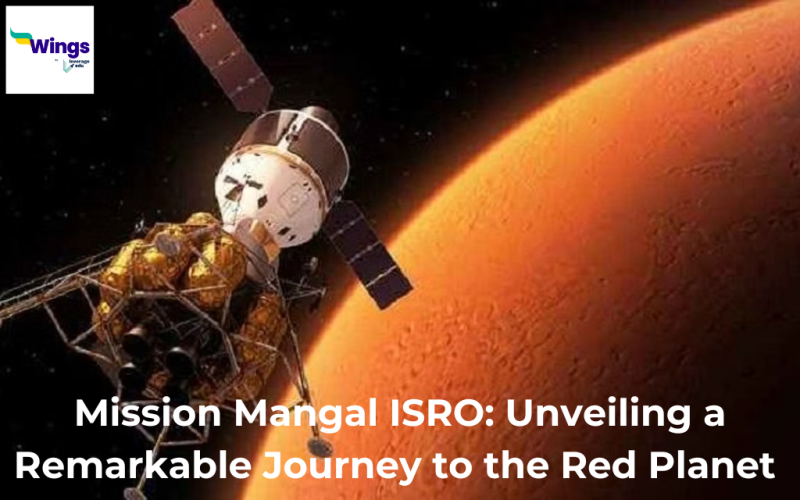Indian Space Research Organisation (ISRO) launched Mangalyaan on 5 November 2013 to study Mars and test critical technologies for exploring the inner solar system. Mangalyaan was the first spacecraft launched by ISRO. It successfully entered the Mars orbit on 23 September 2014. ISRO is the fourth space agency after the United States, the Soviet Union and the European Space Agency that has successfully explored Mars.
Mangalyaan was launched to study the Martian landscape and its composition using its five scientific instruments.
Also Read: Does Chandrayaan-3 Have Humans Inside
ISRO’s Ingenious Approach
Table of Contents [show]
One of the most remarkable aspects of the Mars Orbiter Mission was ISRO’s ability to accomplish it on a relatively modest budget of $74 million. This approach showcased the organisation’s commitment to cost-effectiveness without compromising on scientific excellence. By utilising innovative engineering solutions, such as gravity assists from Earth and Mars to conserve fuel, ISRO demonstrated its ability to think creatively and make the most out of limited resources.
What Technologies Did ISRO Develop for Mangalyaan?
Magalyaan was built by ISRO on the experience of Chandrayaan 1, India’s first lunar orbiter. The design of the lunar orbiter was modified as per the requirements of Mangalyaan. The Mars orbiter had more and upgraded solar panels to make up for the lesser solar energy available for 24 hours.
National Response
The Mangal Mission was a success in its first attempt which attracted praise from prominent people from all across the globe. In India, the success of the Mangal Mission had a deeper impact. Many movie and TV series were adapted on its success and the INR 2,000 note also featured Mangalyaan on it.
FAQs
Mission Mangal was led by K. Radhakrishnan with other scientists and engineers.
The Mars Orbiter Mission was launched on a budget of INR 450 crores.
This was all about Mission Mangal ISRO. To know more about such informative blogs stay tuned with Leverage Edu.
 One app for all your study abroad needs
One app for all your study abroad needs















 45,000+ students trusted us with their dreams. Take the first step today!
45,000+ students trusted us with their dreams. Take the first step today!
